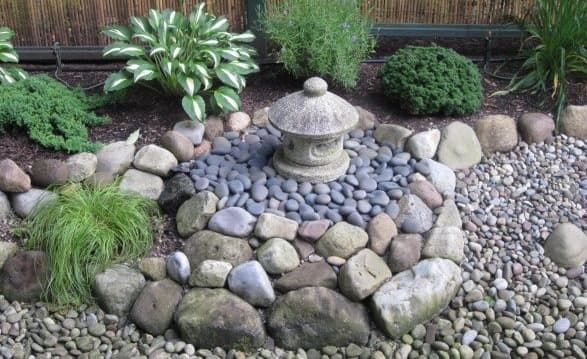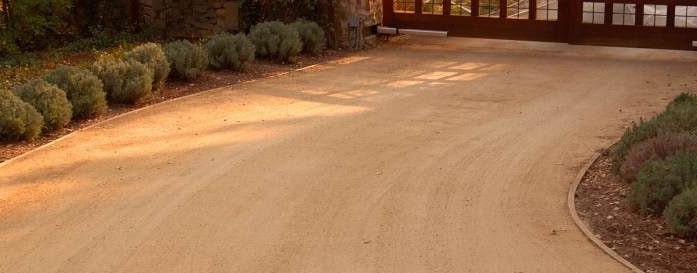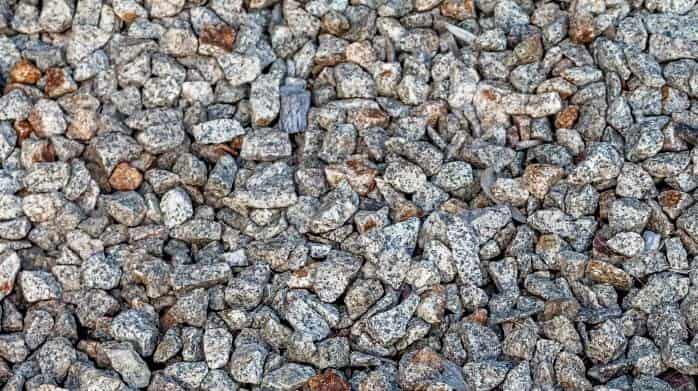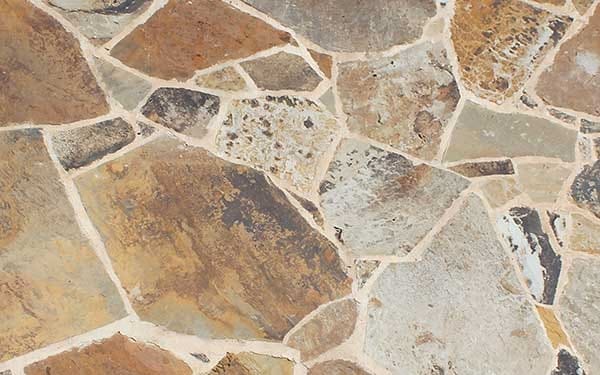Landscaping Services
How To Pick The Right Stone, Rock or Gravel For Your Yard?

Rocks render a trendy look to your landscape design. Besides being pleasing to the eye, they are also ideal for maintaining a weed-free yard. And the maintenance is a breeze with the rocks.
Further, if you find it overwhelming to maintain the grassy areas, the rocks add just the right touch. They enhance the overall esthetics and the different colors and shapes you add gives an appealing diversity to the yard.
Here is a detailed guide on the different rock types used for landscaping and tips to choose the right one for your home.
Rock Types Used Commonly
As an ideal alternative for mulch or plants, rocks give the texture and color that improves the overall appearance of your landscaping. So, here are the common rock types used:
Decomposed Granite

Sandy in texture and reddish hued, this rock type adds a rustic and soft appearance. It is affordable too.
Where to use
You can use it for ground cover, on your garden trails, and around the trees. You can use it as a foundation for adding bigger hardscapes.
Crushed Granite

Another granite derivate, this gravel is a larger version of the decomposed type. There are several sizes available to choose from.
The sharp edges of the rocks give a better texture when compared to rock types like pea gravel.
Where to use
The crushed but larger sized particle is ideal for providing a transition between your pathways and garden plants.
Pea Gravel

Available in several color ranges such as brown, white, and tan, the pea gravel is made of mixed rocks of small size. The rounded pea shaped pebbles come in three different sizes namely 5/8, ½ and ¼ inch.
Where to use
This is also an affordable rock that you can use for your driveways, pathways, and for landscape filling. It works well as a barrier for weeds.
The natural color tones of the gravel make them ideal for use as accents in the landscape design.
Precautions to take:
When you use them as ground cover, make sure there is solid edging for them so they do not spread onto adjacent areas and make a mess.
River Rock

These are smooth in texture and bigger than the pea gravel type. The rocks are available in different colors so you can create some stunning borders or creek beds with these rocks.
Where to use
They are good substitutes for mulch in larger and visible beds. The attractive colors make them ideal as accents. You can use them along the fences, as accent borders, around fountains, and near a larger boulder feature.
Lava Rock

The lava from the volcanoes is broken into smaller sized rocks called lava rocks. There are several different sizes of this red hued rock. It has rough edges and is ideal for accents.
Where to use
This rock type is perfect for filling larger areas such as the front region of your home or design spaces. Youcan also create whole yards where it is difficult to grow grass such as in dry and arid climates. It can absorb heat and release it at night. The rock is light in weight so working with it is easy.
Flagstone

Large and flat, the flagstones are versatile and can be used in any dimension you require. The stones are found in brown or gray colors and are ideal as substitutes for concrete sidewalks.
The installation and maintenance are easy. The irregularly cut shapes can be combined to form appealing pathways or patios.
The limestone variety made from sedimentary rocks, shells and corals has a smoother surface and look, while sandstone is available in natural colors and has a grainy texture.
Where to use
The flagstones can be stacked to create retaining walls or used in patios, pathways, and steps. They provide a natural and appealing look with their irregular sizes and color.
Boulders

For creating a sharp accent to the landscape design, use the boulders which are big rocks of different shapes and sizes. They have unique texture and color making them a focal attraction.
The maintenance is easy and designing a full rock garden around the boulders is a breeze. You can also plant around the boulders,which are available in many colors and sizes.
Where to use
The boulders are perfect as corner accent for the pool or for a rock garden. The heavy weight makes it difficult to maneuver the rock to a position you prefer.
Using Rocks In Your Landscape
Using hardscaping features in your landscape design gives a diversified look to your yard. It will add a neat and natural look. Find below a few tips on how to use them best in your garden.
- For your driveways, use crushed granite, gravel or cobblestone pavers as they are not only durable but also great to look at.
- For rock gardens, use different rock types based on their sizes, color, and on how easy they are to maintain. The rocks can also be used with flowers, trees, and shrubs to complement their color and texture.
- To build pathways in your garden from the gate to the front or other outdoor living spaces, the rocks are an ideal choice. They are fabulous to look at and fully functional. Larger flagstones are better suited for the walkways.
- Large boulders are ideal as focal points in a landscape. They enhance shady areas where it is difficult to grow plants. The maintenance is also easy.
- Rocks can be used for outlining your garden bends, ponds, and any other area so they look tidy and neat.
- The rocks are ideal for building functional retaining walls that can be used to relax and relish the garden features in leisure. Besides these are useful for preventing the soil from eroding.
- The smaller sized rocks can be used as mulch to induce a polished and stylish look. The rocks can protect the soil from sunlight and also weight more, hence quickly heat up increasing loss of moisture.
Final Takeaway
Rocks add versatility to your yard. They provide rustic looking pathways and add elegance to any landscape design. In addition to serving as the main appeal in your yard, these can help in various aspects including rectifying drainage problems and improving overall appeal. The above tips and types of rocks guide is sure to impart you the knowledge needed to choose the right form and color of these rocks.
